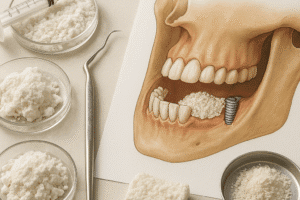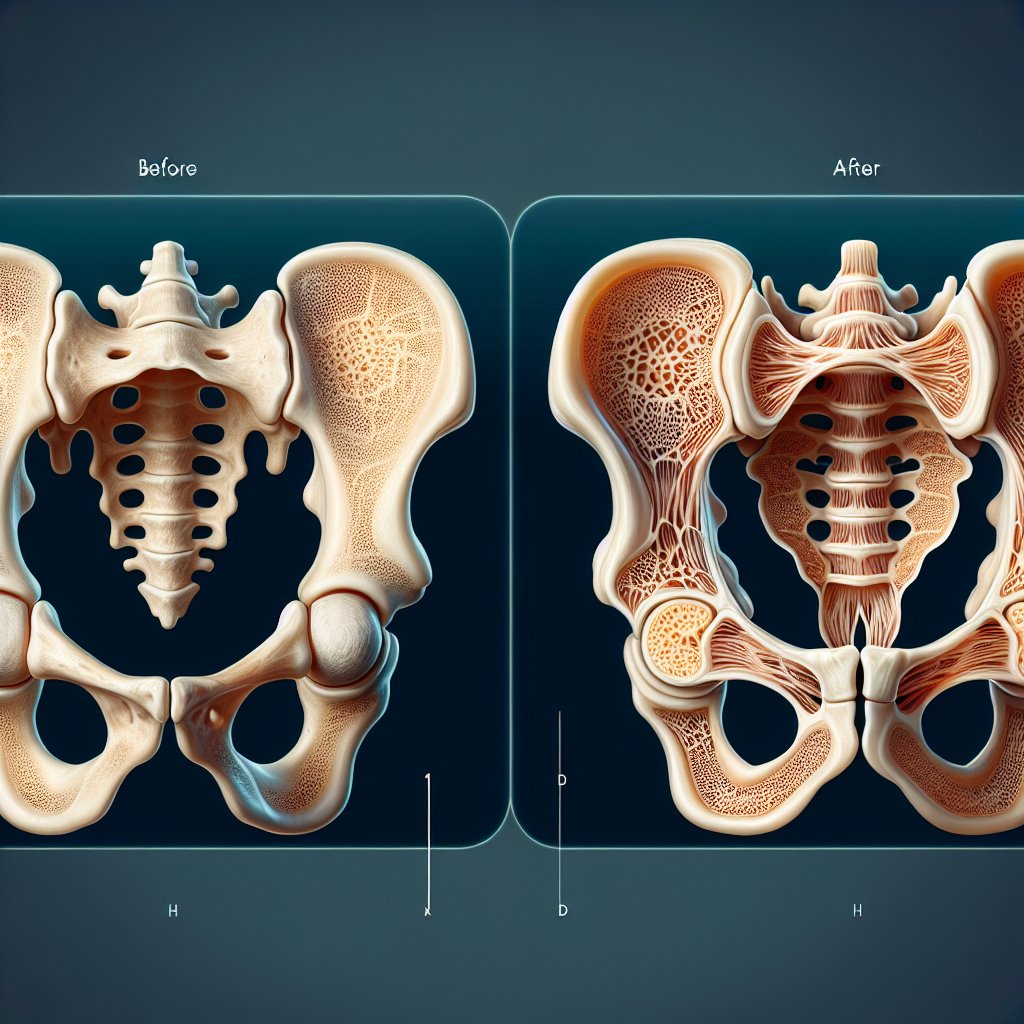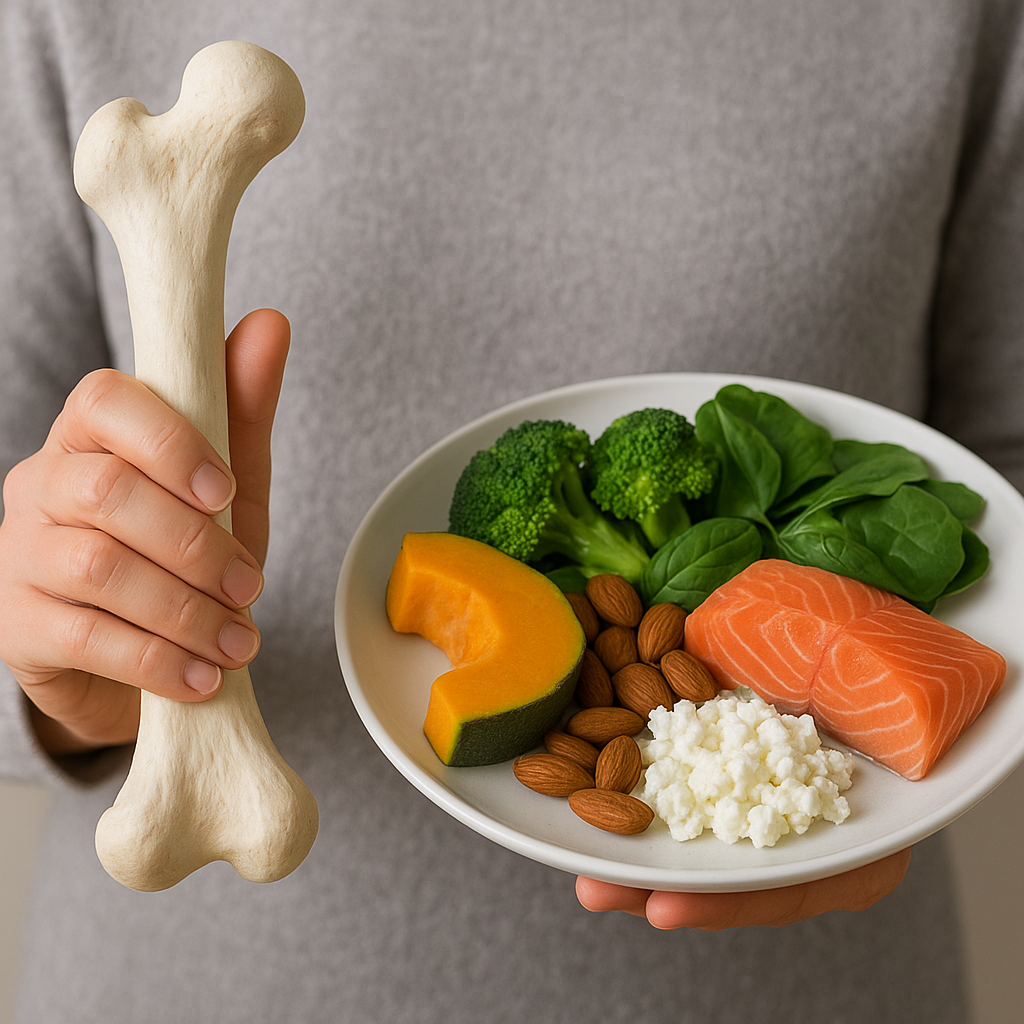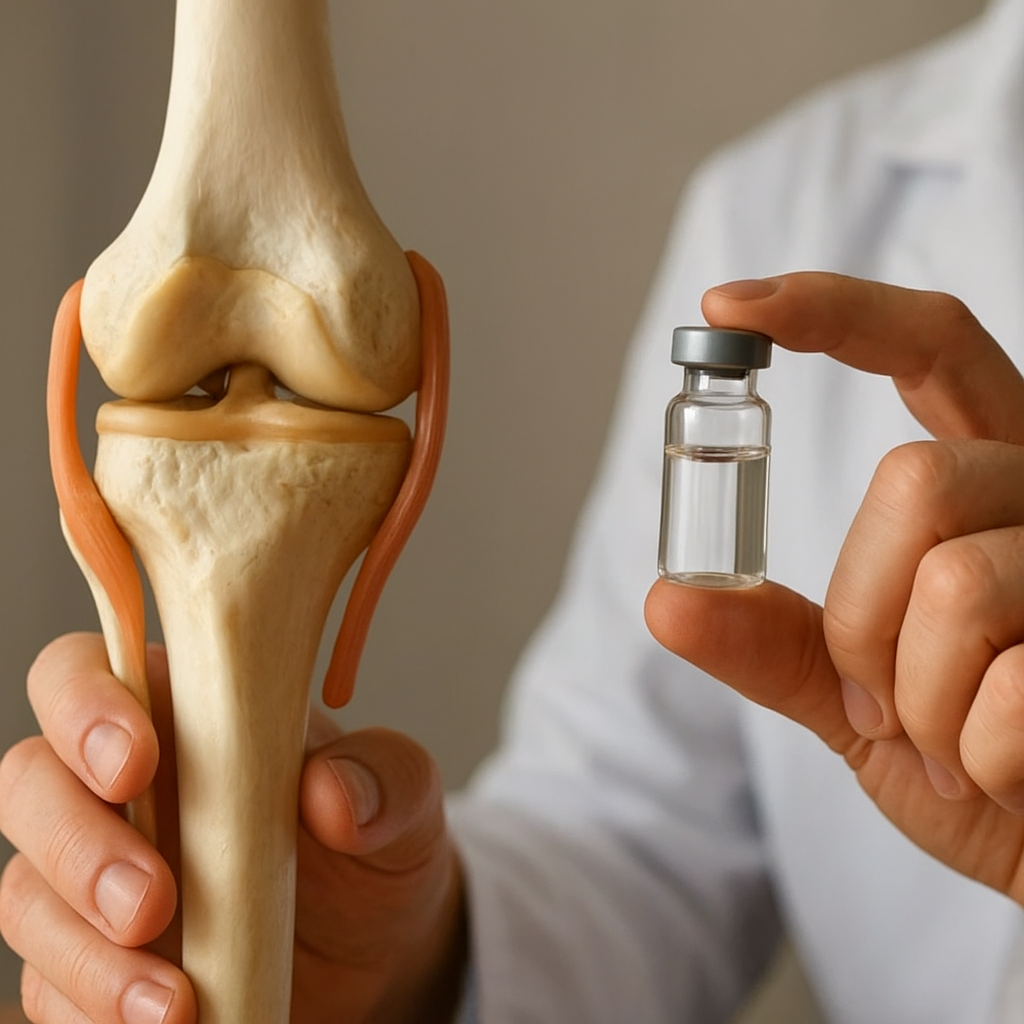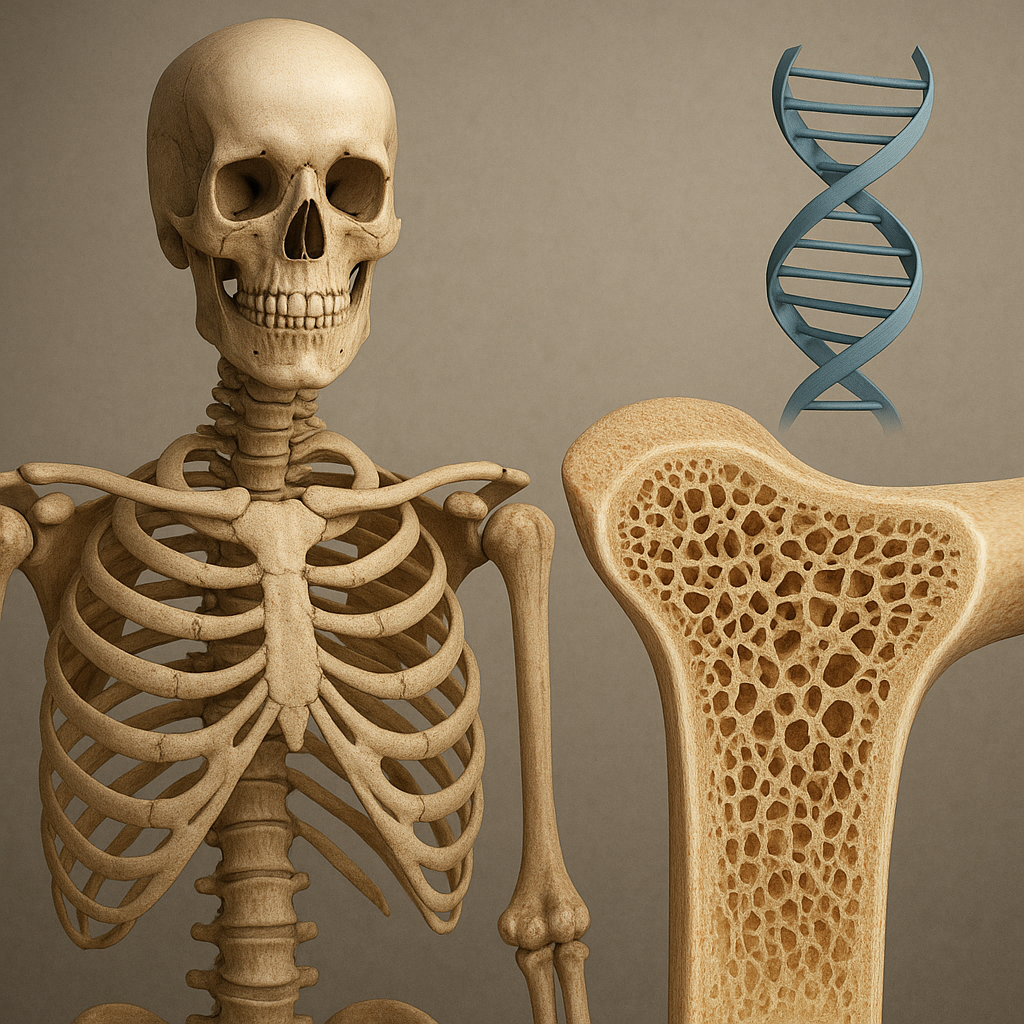Bone density changes during puberty are a crucial aspect of adolescent development that can significantly impact long-term health. Understanding these changes is essential for parents, educators, and healthcare providers to support young individuals as they navigate this transformative period. This article will explore the biological processes behind bone density changes during puberty, the factors influencing these changes, and the implications for health and wellness in later life.
Understanding Bone Density and Its Importance
Bone density refers to the amount of mineral matter per square centimeter of bones. It is a critical indicator of bone strength and overall skeletal health. During puberty, significant hormonal changes occur, leading to increased bone density, which is vital for developing a robust skeletal system. This period is characterized by rapid growth and development, making it a crucial time for bone health.
Bone density is influenced by various factors, including genetics, nutrition, physical activity, and hormonal changes. During puberty, the body experiences a surge in sex hormones, such as estrogen and testosterone, which play a significant role in bone growth and density. Estrogen, in particular, is essential for bone maturation and the closure of growth plates, marking the end of bone lengthening.
The Role of Hormones in Bone Density Changes
Hormones are the primary drivers of bone density changes during puberty. The onset of puberty triggers the hypothalamus to release gonadotropin-releasing hormone (GnRH), which stimulates the pituitary gland to produce luteinizing hormone (LH) and follicle-stimulating hormone (FSH). These hormones, in turn, stimulate the gonads (ovaries in females and testes in males) to produce sex hormones.
In females, estrogen plays a crucial role in bone development. It promotes the activity of osteoblasts, the cells responsible for bone formation, while inhibiting osteoclasts, the cells that break down bone. This balance is essential for increasing bone density. In males, testosterone also contributes to bone density by promoting bone growth and mineralization. The interplay between these hormones leads to significant increases in bone mass during puberty.
Growth Spurts and Bone Density
Puberty is often marked by growth spurts, which can vary in timing and duration between individuals. During these growth spurts, the body experiences rapid increases in height and weight, which are accompanied by changes in bone density. The peak bone mass, which is the maximum amount of bone tissue an individual has, is typically achieved by the end of puberty.
Research indicates that individuals who experience earlier growth spurts tend to have higher peak bone mass. This is particularly important because achieving a higher peak bone mass is associated with a lower risk of osteoporosis and fractures later in life. Therefore, understanding the timing of growth spurts and their impact on bone density is crucial for promoting long-term skeletal health.
Factors Influencing Bone Density Changes During Puberty
While hormonal changes are the primary drivers of bone density changes during puberty, several other factors can influence this process. These include nutrition, physical activity, and lifestyle choices.
The Impact of Nutrition
Nutrition plays a vital role in bone health, particularly during the growth spurts of puberty. Adequate intake of essential nutrients, such as calcium and vitamin D, is crucial for optimal bone development. Calcium is a key component of bone tissue, while vitamin D is necessary for calcium absorption in the body.
During puberty, the recommended dietary allowance (RDA) for calcium increases to support the growing skeleton. Adolescents should aim to consume sufficient dairy products, leafy greens, and fortified foods to meet their calcium needs. Additionally, vitamin D can be obtained through sunlight exposure and dietary sources such as fatty fish and fortified foods.
The Role of Physical Activity
Engaging in regular physical activity is another critical factor influencing bone density during puberty. Weight-bearing exercises, such as running, jumping, and resistance training, stimulate bone formation and increase bone density. These activities promote the mechanical loading of bones, which is essential for bone health.
Studies have shown that adolescents who participate in regular physical activity tend to have higher bone mineral density compared to their sedentary peers. Encouraging young individuals to engage in sports and physical activities can significantly impact their bone health and overall well-being.
Lifestyle Choices and Their Effects
Lifestyle choices, including smoking and alcohol consumption, can negatively affect bone density during puberty. Smoking has been linked to decreased bone mass and increased fracture risk, while excessive alcohol consumption can interfere with calcium absorption and bone formation. Educating adolescents about the importance of healthy lifestyle choices is essential for promoting optimal bone health.
Long-Term Implications of Bone Density Changes During Puberty
The changes in bone density that occur during puberty have significant long-term implications for health. Achieving a higher peak bone mass during adolescence is associated with a lower risk of osteoporosis and fractures in later life. Conversely, individuals who do not attain adequate bone density during this critical period may face increased risks of bone-related health issues as they age.
Osteoporosis and Fracture Risk
Osteoporosis is a condition characterized by low bone mass and deterioration of bone tissue, leading to an increased risk of fractures. It is often referred to as a “silent disease” because it can progress without symptoms until a fracture occurs. The foundation for osteoporosis is often laid during adolescence, making it crucial to prioritize bone health during this time.
Research indicates that individuals with lower peak bone mass are at a higher risk of developing osteoporosis later in life. Therefore, promoting healthy habits during puberty, such as proper nutrition and regular physical activity, can have lasting effects on bone health and reduce the risk of osteoporosis and fractures in adulthood.
Strategies for Promoting Bone Health During Puberty
To support optimal bone health during puberty, several strategies can be implemented:
- Encourage a Balanced Diet: Ensure that adolescents consume a diet rich in calcium and vitamin D, including dairy products, leafy greens, and fortified foods.
- Promote Physical Activity: Encourage participation in weight-bearing exercises and sports to stimulate bone growth and density.
- Educate on Healthy Lifestyle Choices: Provide information on the negative effects of smoking and excessive alcohol consumption on bone health.
- Regular Health Check-ups: Monitor bone health through regular check-ups and screenings, especially for individuals at risk of low bone density.
Conclusion
Bone density changes during puberty are a vital aspect of adolescent development that can have lasting implications for health. Understanding the biological processes, factors influencing these changes, and the importance of achieving optimal bone density during this critical period is essential for promoting long-term skeletal health. By prioritizing nutrition, physical activity, and healthy lifestyle choices, we can help adolescents build a strong foundation for their future bone health, reducing the risk of osteoporosis and fractures later in life.





